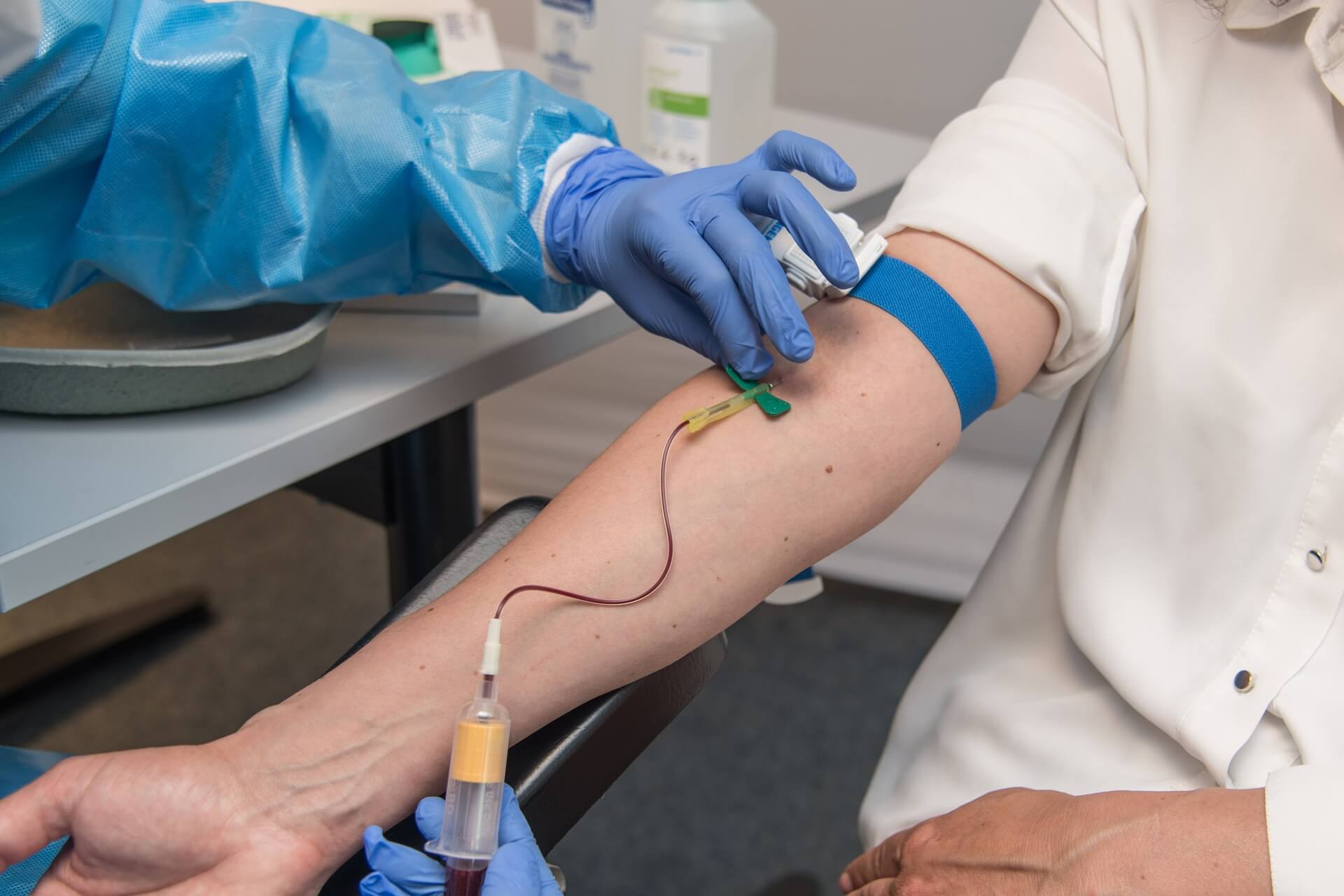For carers: Cervical cancer and smear tests
Explaining cervical cancer to the person you care for might be important in monitoring their health. They might have symptoms that they don’t understand or don’t feel comfortable talking about and the symptoms won’t be apparent to you.
What is Cervical Cancer?
Cervical cancer is caused by a virus and starts in the cells in the cervix. The cervix is the part of the body that joins the top of the vagina to the lower part of the womb. It is inside you and you can’t see it.
Cells are the small parts that make up your body and your body makes new ones when old ones need to be replaced. If cells change and grow in an uncontrolled way they can form a lump, which is sometimes called a tumour.
Some young women can have what is called the HPV vaccine. This is a vaccination that protects them against the virus that can cause cervical cancer. The HPV vaccine is only available to young women because most women have already been exposed to the virus. This is a fairly new vaccine so many women haven’t had the opportunity to have it.
What are the symptoms of cervical cancer?
Sometimes the symptoms of cervical cancer might not be obvious and some women don’t have any symptoms at all. This is why smear tests are important.
The most common symptoms of cervical cancer include:
- Vaginal bleeding that is unusual for you, including after the menopause, after sex, or between regular periods.
- Changes to vaginal discharge.
- Pain or discomfort during sex.
- Unexplained pain in your lower back or between your hip bones (pelvis).
It is important to remember that these symptoms can also happen for different reasons, but it is important to contact the GP of the person you support straight away if you suspect any of these.
Smear tests
Smear tests (also called cervical screening) look for a virus in the cervix. For a very small number of women the virus can be serious and cause cervical cancer. It is a very serious illness that you can die from.
The GP of the person you support will invite them to have regular smear tests and how often depends on their age and any risk factors. This can include family history and detection of the HPV virus.
A smear test can feel intrusive and might cause fear or anxiety. Talking about them and making it clear that they are an important medical procedure can help.
For those who may lack the capacity to consent to screening, the principles of the Mental Capacity Act should be adhered to, including presuming capacity to consent, involving the person as much as possible in the decision making process, and following the principles of Best Interests where a decision must be made on the person’s behalf.
Click the button at the top of this page for easy read information about smear tests.
Tests for Cervical Cancer
There are different types of tests for cervical cancer and if their doctor is concerned they may ask the person you support to go to one or more of these tests.
These tests can be used to find out:
- Whether they have cervical cancer.
- What type of cervical cancer it is.
- The stage of the cancer – how big it is and if it has spread.
- The grade of the cancer – what the cells look like and how they might behave.
- If treatment for cervical cancer has worked.
The test results will help their healthcare team understand what treatment and support they need.
Click the link at the top of the page for easy read information about these scans.
Colposcopy
At a colposcopy, they will look at the surface of the cervix with a type of microscope called a colposcope. This lets them see if the cells look healthy. They might also take a small sample of cells and tissue (called a biopsy) to be looked at under a microscope.
Biopsy
A biopsy is where a health professional takes a small sample of cells and tissue from the cervix. This might be done at a colposcopy appointment or a separate appointment.
There are different types of biopsy and you can ask the health professional to explain what sort they will be getting and what will happen.
Scans
These allow your healthcare team to see the size and shape of the cervical cancer, as well as whether it has spread. There are different types of scans…
MRI scan
An MRI scan shows very detailed images of what is going on inside the body. This helps the healthcare team see where any cancer is, as well as its size and shape. This means they can plan treatment.
CT scan
A CT scan is similar to an x-ray, but the images that appear on the screen are more detailed and in 3D. It shows soft tissues as well as bones.
PET/CT scan
This is a combination of a PET scan and a CT scan. A PET scan is a type of scan that makes detailed 3D images of the inside of the body. A PET/CT scan can be used to see if the cervical cancer has spread to different parts of the body, including the lymph nodes. It uses a mildly radioactive drug so that cancer cells can be seen more easily.
Chest x-ray
An x-ray gives an image of the inside of the body. A chest x-ray is done to make sure there is no cancer in the lungs. The risk of this happening is low, but it’s important that the healthcare team checks, so they can plan the right treatment.
Pelvic examination
A pelvic examination is similar to a smear test. They will:
- Press on the stomach to feel for anything unusual.
- Look at the outside of the vagina for any changes, such as redness or swelling.
- Feel the inside of the vagina to check whether your womb or ovaries are tender or swollen.
- Look at the cervix for any changes by using a speculum to gently open the vagina – they may also take a sample of cells from the cervix.
The healthcare professional should explain each step before they do it, to make sure the person you support is comfortable and consent to the examination. If they are uncomfortable or want to stop at any time, tell them.
Blood tests
Blood tests are used to check on their general health and your blood cell counts, including white and red blood cells.
Visit this page on our website to find out about blood tests.
Hysteroscopy
Hysteroscopy is pronounced his-ter-oss-co-pee. It looks inside the womb using a type of narrow telescope with a light and camera at the end. The healthcare professional will be able to see inside the womb on a screen.
Treatment
There are different treatments for cervical cancer, including surgery, radiotherapy and chemotherapy. The treatment that is best will depend on the type, grade and stage of the cervical cancer.
Surgery involves cutting out the cancerous cells. These are the dangerous cells.
Radiotherapy and chemotherapy are used to destroy the cancerous cells.
Both of these can be uncomfortable and painful and it is important that the healthcare teams explain what will happen and why.
More advice and resources
For more advice and resources about cervical cancer and smear tests, visit jostrust.org.uk
Jo’s Trust are a charity dedicated to providing information and support to women.
For more information about cervical cancer visit cancerresearchuk.org.uk
Cancer Research UK are a charity dedicated to finding out more about cancer and how to prevent and treat it.










